People gain greater access to World Heritage Sites in China and Brazil
From:CGTNAuthor: 2024-10-15 10:28
As two BRICS countries with illustrious ancient civilizations, China and Brazil both have a long list of archaeological areasthat have been declared World Heritage Sites by UNESCO. Examples include the Yinxu Ruins in Anyang and the Valongo Wharf Archaeological Site in Rio de Janeiro. Following a series of protective measures taken by local authorities in China and Brazil, people arenow gaininggreater access to these sites.
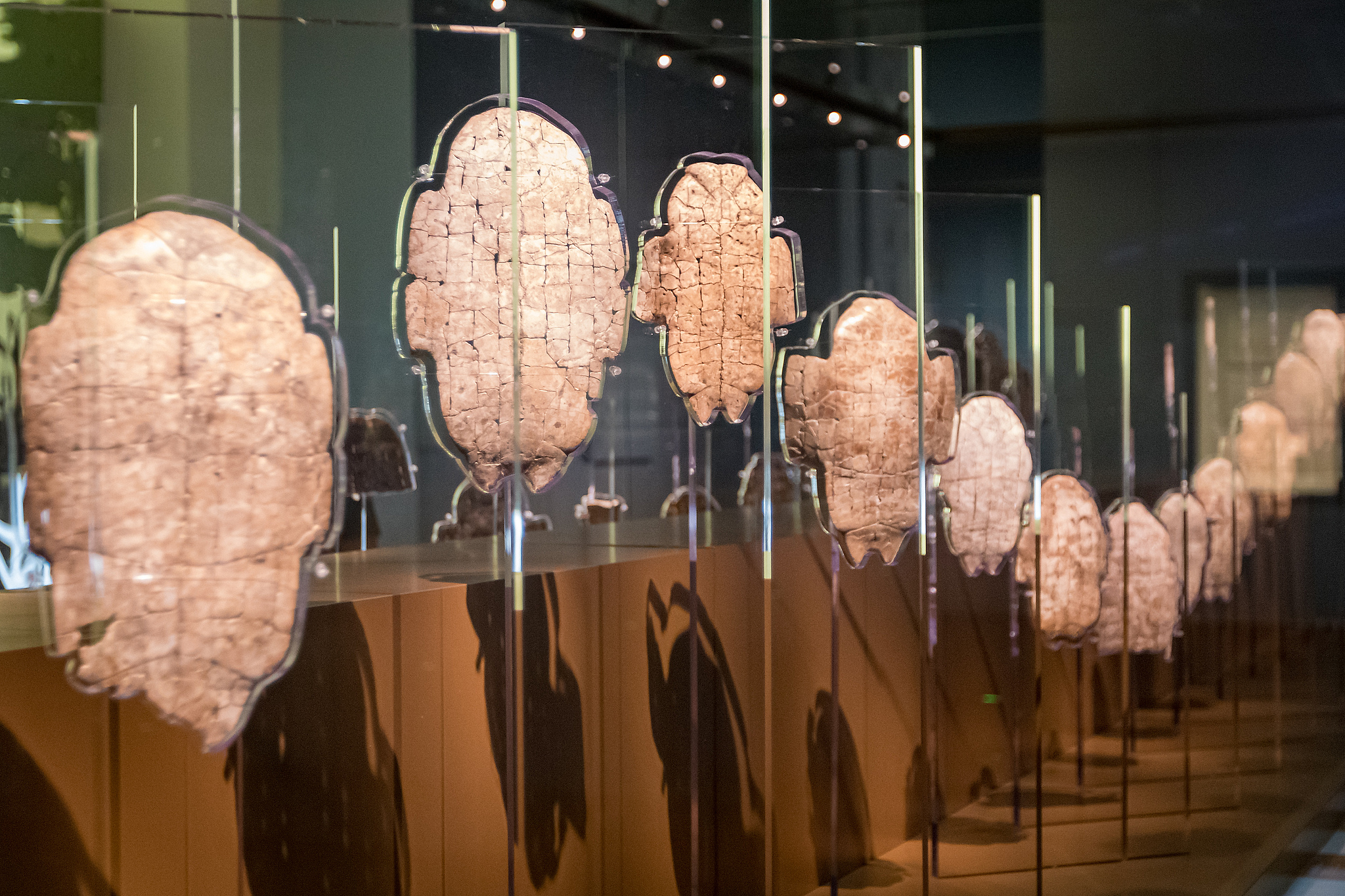
Oracle bones are displayed at the Yinxu Museum in Anyang, Henan Province. /CFP
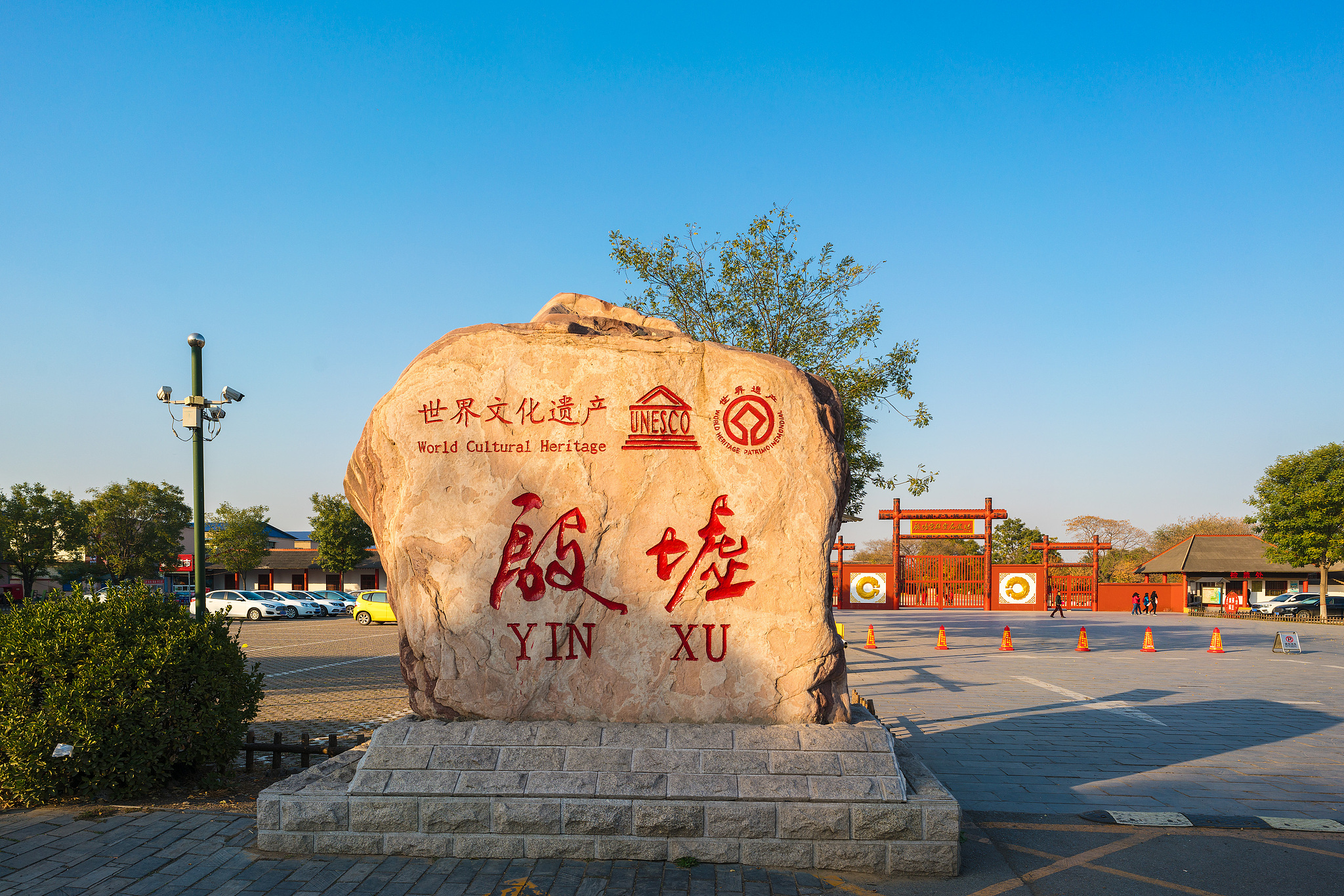
A view of the Yinxu Ruins in Anyang, Henan Province /CFP
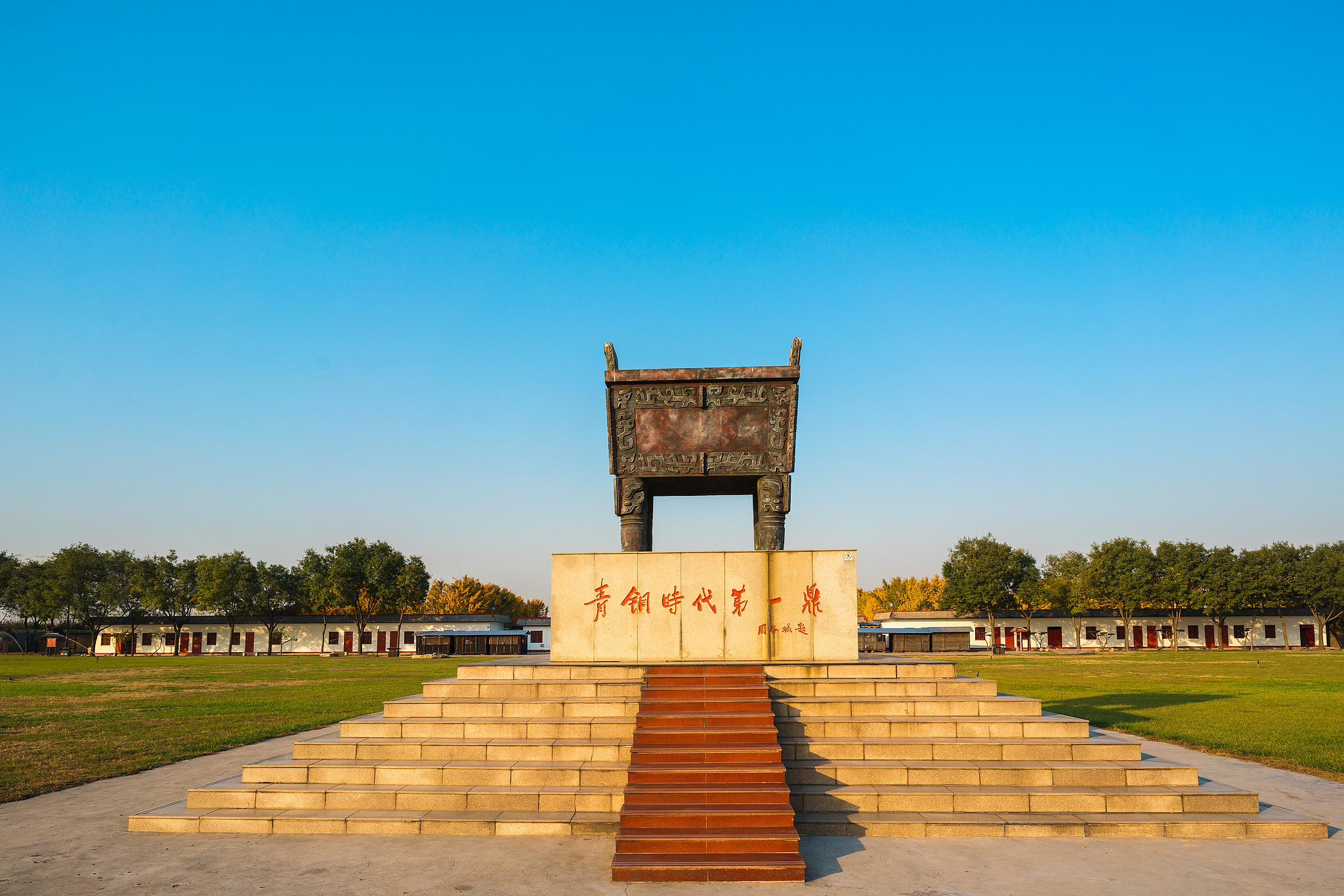
A view of the Yinxu Ruins in Anyang, Henan Province /CFP
The Yinxu Ruins site in Anyang, Henan Province, was inscribed on the UNESCO World Heritage List in 2006. It is the first documented Shang Dynasty (1600-1046 BC) capital site in China. In addition to public museums, a national-level archaeological site park has been built to protect and exhibit the rich archaeological excavations at the ruins.
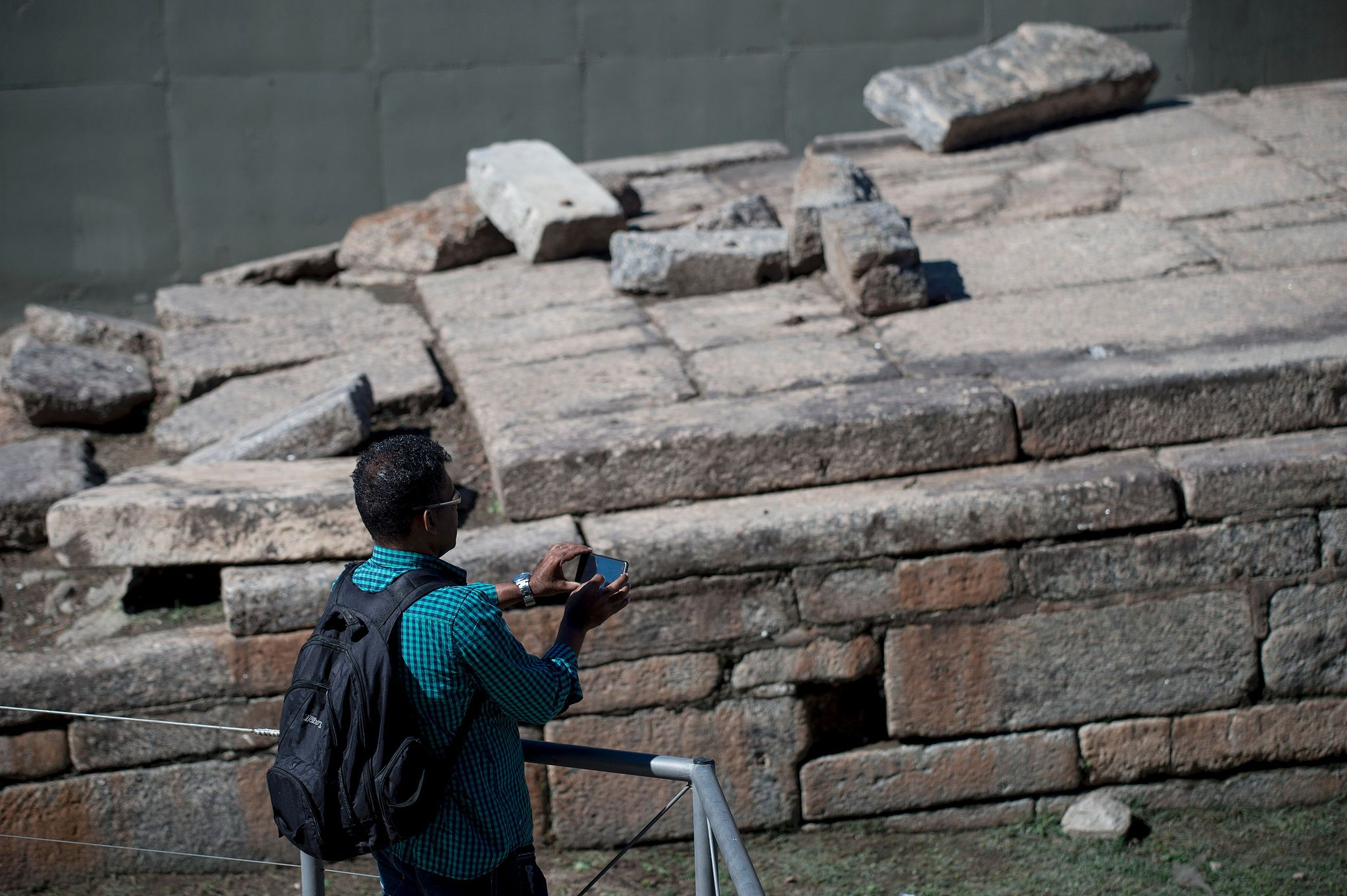
A visitor takes photos of the Valongo Wharf Archaeological Site in Rio de Janeiro, Brazil. /CFP
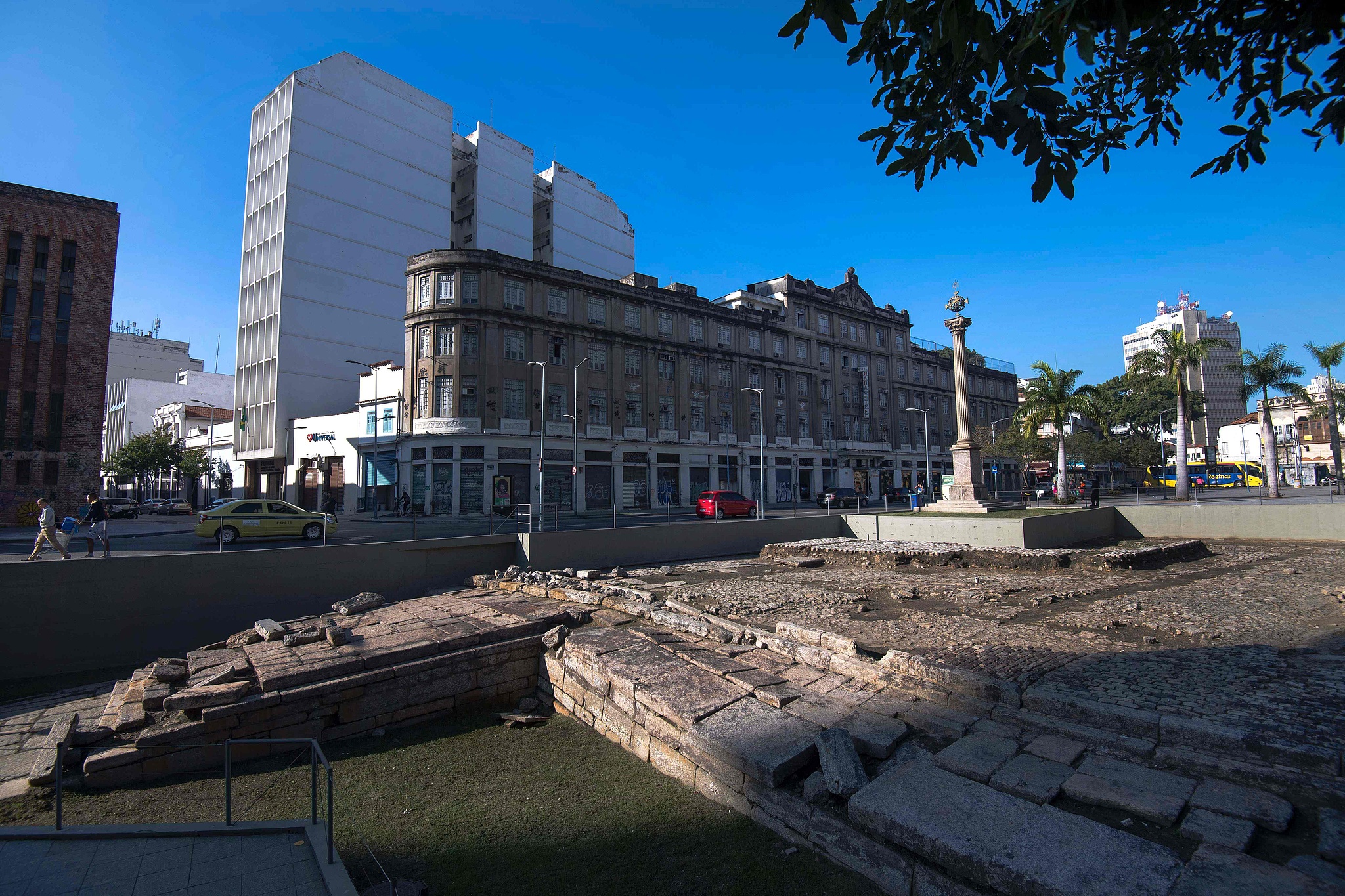
A view of the Valongo Wharf Archaeological Site in Rio de Janeiro, Brazil /CFP
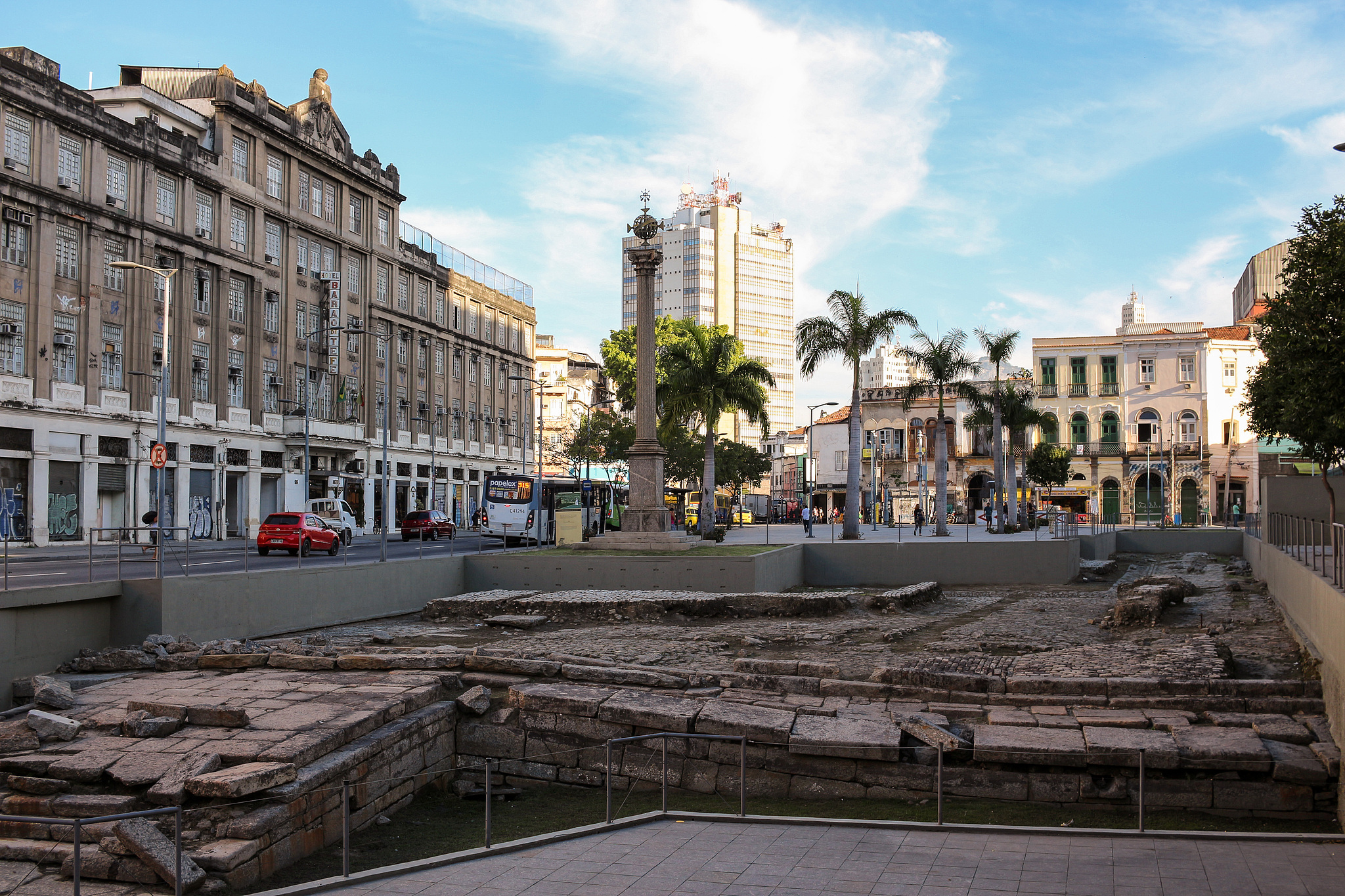
A view of the Valongo Wharf Archaeological Site in Rio de Janeiro, Brazil /CFP
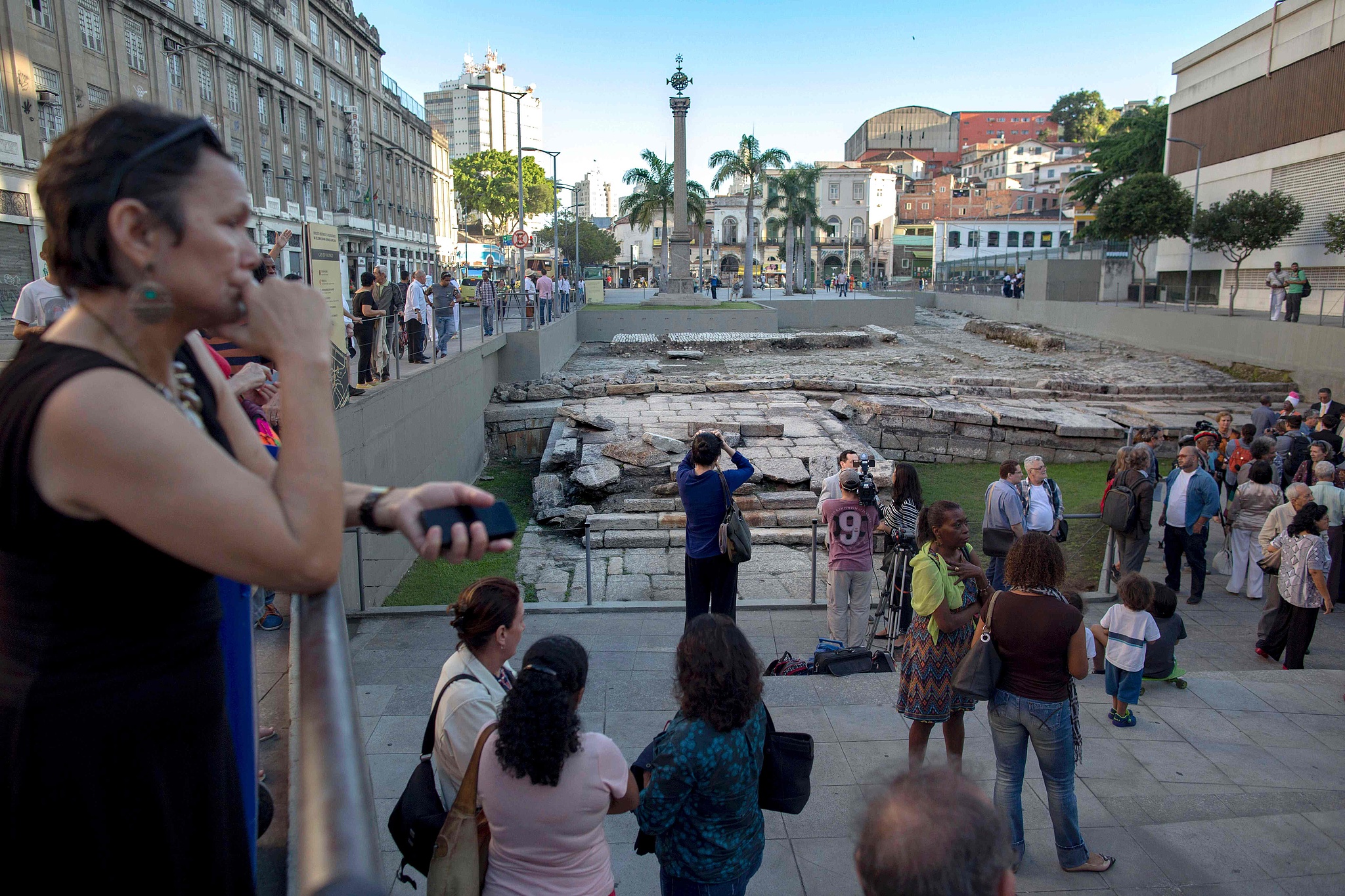
People visit the Valongo Wharf Archaeological Site in Rio de Janeiro, Brazil. /CFP
The Valongo Wharf Archaeological Site in central Rio de Janeiro was discovered in 2011 and declared a World Heritage Site in 2017. Built in 1811, the old dock was an important landing place for enslaved Africans arriving on the American continent. The site has been transformed into a protected monument and has been made open to the public by the local authorities.
Edit:孫儷洋
The copyright of the article and the picture belongs to the original author. If there is any infringement, please contact to delete it